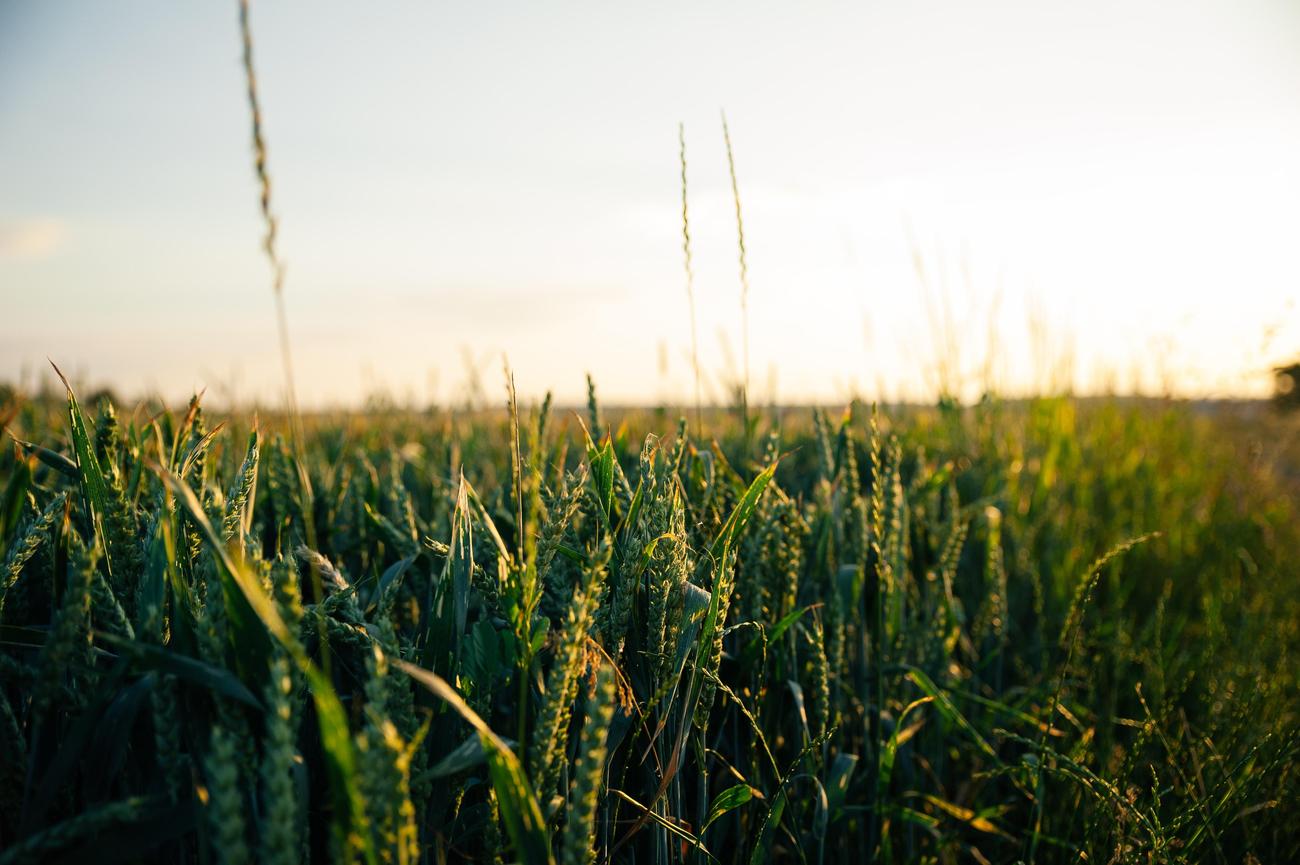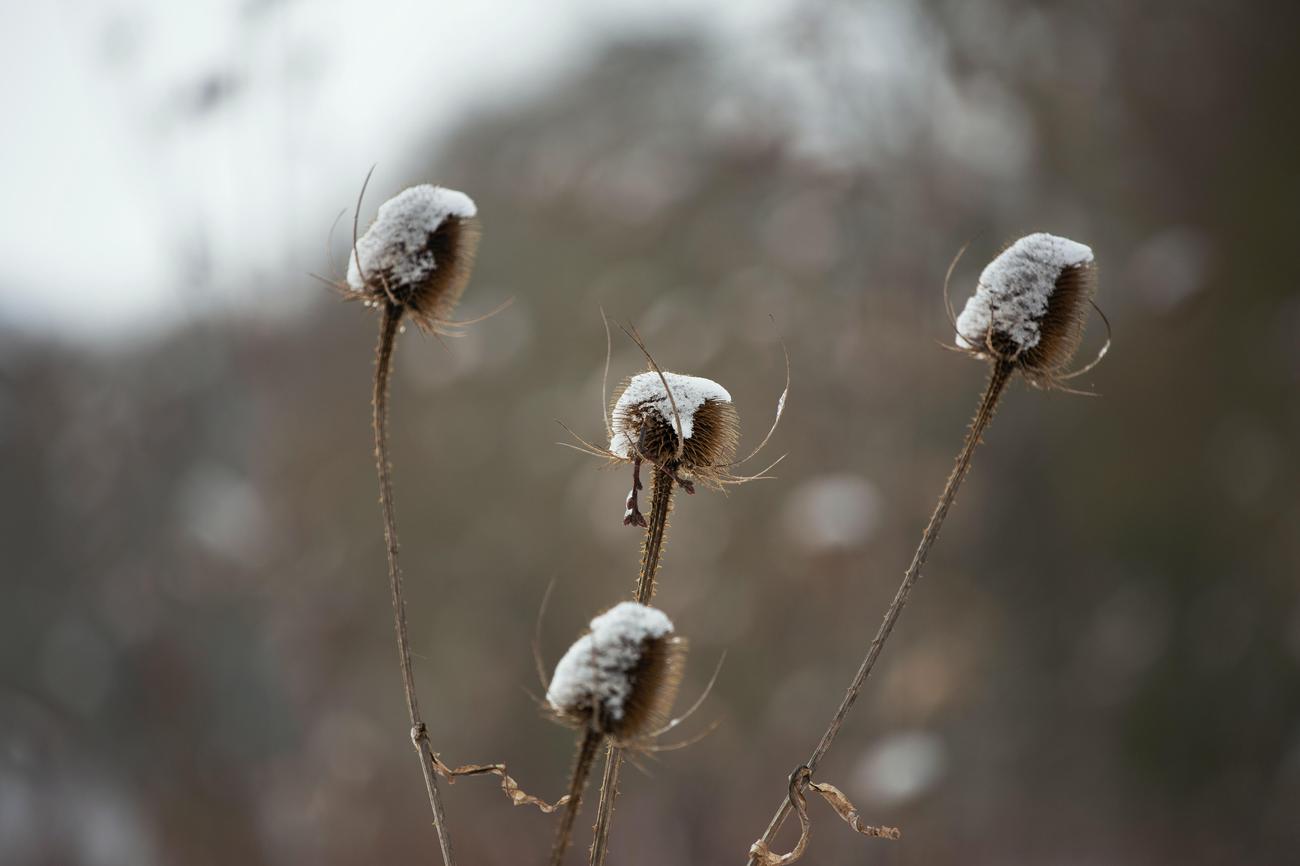Are you ready to embark on a mesmerizing historical journey through the annals of cotton cultivation? Look no further! In this captivating article, we will unravel the fascinating story of how cotton cultivation has woven its way into the very fabric of human civilization. From the earliest civilizations to the modern world, the history of cotton cultivation is a tapestry of innovation, cultural exchange, and breathtaking transformation. Get ready to be enthralled as we delve into the remarkable tale of how this humble plant has shaped the course of history.
History of Cotton Cultivation
The history of cotton cultivation is a captivating journey through time, spanning various cultures and civilizations. From its origins in ancient Mexico to its widespread popularity in Europe, cotton has played a pivotal role in shaping societies worldwide. Join me as we delve into the fascinating history of cotton cultivation and explore the transformative impact it has had on civilizations throughout the ages.

Ancient Beginnings
Our exploration of the history of cotton cultivation takes us back to ancient times, where cotton was first discovered in Mexico. Archaeological findings reveal cotton fiber and cloth fragments dating back to as early as 5000 B.C. This early evidence signifies the long-standing connection between humans and cotton, highlighting its significance even in the distant past.
Moving forward in time, we turn our attention to the Indus River Valley, present-day Pakistan, around 3000 B.C. It was here that cotton was first cultivated as a fabric, marking a significant milestone in the history of cotton cultivation. The process of weaving cotton fabrics quickly spread to other civilizations, including the Chinese, Egyptians, and South Americans, around 2500 B.C.
“The ancient roots of cotton cultivation stretch back thousands of years, revealing its enduring presence in human history.”
Cotton’s Journey to Europe
As the ancient world continued to thrive, cotton’s influence extended far beyond its origins in the Indus River Valley. The conquest of the Persian Empire by Alexander the Great’s army in 300 B.C. brought cotton goods into Europe. This pivotal moment in history paved the way for cotton’s introduction to the Western world, setting in motion its eventual global prominence.
The Persian Gulf region also played a significant role in the cultivation of cotton. Qal’at al-Bahrain, a prominent archaeological site, uncovered evidence of cotton production between 600-400 B.C. Cotton cultivation further expanded into North Africa, with sites such as Qasr Ibrim, Kellis, and al-Zerqa showcasing cotton production between the 1st and 4th centuries CE. Additionally, Uzbekistan’s Karatepe witnessed cotton cultivation flourish between 300-500 CE.
“Cotton’s journey through time and across continents showcases its ability to transcend borders and cultures, leaving an indelible mark on civilizations.”
Unraveling the Complex History
The history of cotton cultivation, although fascinating, is not without its complexities. Despite extensive research and archaeological findings, there are still gaps in our understanding of cotton’s journey. The precise origins of cotton cultivation and the intricate agricultural techniques employed by ancient civilizations remain subjects of ongoing study and exploration.
Amidst this complexity, one thing is certain—the word “cotton” itself has Arabic origins, derived from the Arabic word قطن (qutn or qutun). This linguistic connection offers a glimpse into the interconnectedness of cultures and the exchange of knowledge that shaped the history of cotton cultivation.
“While there is much we know about cotton’s history, there is also much we have yet to uncover. The enigma surrounding cotton cultivation adds to its allure and leaves room for continued exploration.”
Cotton in the Medieval Era
The medieval era brought significant changes to the availability and accessibility of cotton fabric. While cotton was known to the ancient Romans as an import, it became more accessible and affordable during the later medieval period. Lower prices and advancements in textile production techniques made cotton a popular choice among people from various social strata.
“The medieval era witnessed a democratization of cotton, making it a fabric that transcended social boundaries and became an integral part of daily life.”
As we conclude our exploration of the history of cotton cultivation, we come to appreciate its enduring significance and transformative impact on societies across time and space. From its humble beginnings in ancient Mexico to its global prominence in the medieval era, cotton’s journey is a testament to the ingenuity and adaptability of humanity.
The rich tapestry of cotton’s history continues to unfold, inviting us to delve deeper into its mysteries and explore the incredible stories woven within its fibers. So next time you slip on a cotton garment or hold a piece of cotton fabric, take a moment to reflect on the centuries of cultivation, innovation, and cultural exchange that have shaped this remarkable plant.
“The history of cotton cultivation is a captivating tale of human ingenuity, cultural exchange, and the enduring impact of this remarkable plant.”
Cottonmouths, often known as water moccasins, are fascinating creatures that hide intriguing secrets. Did you know that these snakes possess venom potent enough to incapacitate their prey within minutes? If you’re interested in learning more about these slithery creatures, click here to explore three fascinating facts about cottonmouths.

FAQ
Q: When and where were the earliest traces of cotton cultivation found?
A: Cotton fiber and cloth fragments were discovered in Mexico dating back to 5000 B.C. Cotton was first cultivated as a fabric in the Indus River Valley (present-day Pakistan) around 3000 B.C. Chinese, Egyptian, and South American civilizations also started weaving cotton fabrics around 2500 B.C.
Q: How did cotton cultivation spread to Europe?
A: Cotton goods were introduced to Europe by Alexander the Great’s army after the conquest of the Persian Empire in 300 B.C.
Q: Where else besides Mexico and the Indus River Valley did cotton cultivation occur in ancient times?
A: Cotton cultivation was documented in the Persian Gulf at Qal’at al-Bahrain around 600-400 BCE, as well as in North Africa at Qasr Ibrim, Kellis, and al-Zerqa between the 1st and 4th centuries CE. There was also evidence of cotton production at Karatepe in Uzbekistan between 300-500 CE.
Q: What is the origin of the word “cotton”?
A: The word “cotton” has Arabic origins, derived from the Arabic word قطن (qutn or qutun).
Q: When did cotton fabric become more accessible and affordable?
A: Although cotton fabric was known to the ancient Romans as an import, it became more accessible with lower prices in the later medieval era.
- Unlock what part of speech is is: Master English Grammar Now - April 2, 2025
- Unlock the best US history books: A curated list for insightful reading - April 2, 2025
- First Lady Book: A History of Power and Influence - April 2, 2025
















